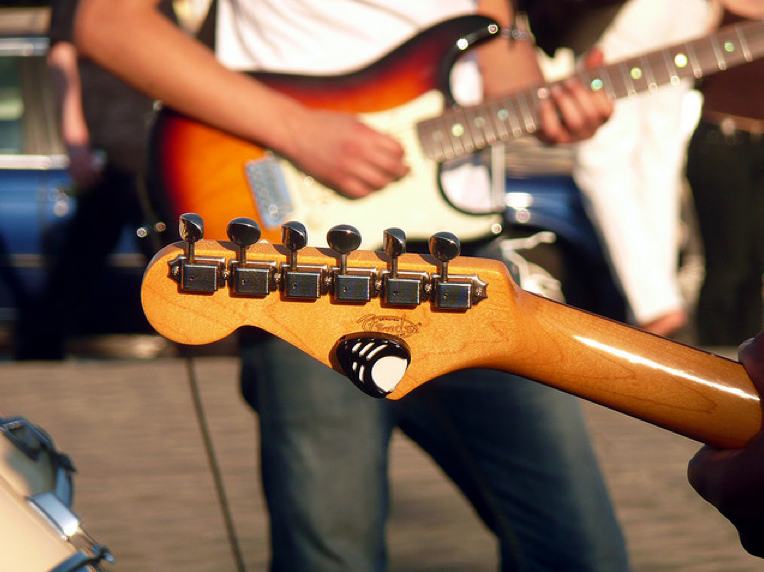If you’re new to scale sequences I suggest you check out “6 Basic Major Scale Sequences / Melodic Patterns” first. That’s where I explain why and how you should practice scale sequences.
This is Part II of the previous post and if you got the basic scale sequences under your belt you’re pretty much up for this challenge.
I recommend you play these sequenses along with a metronome: “www.metronomeonline.com” It’s the best way to make progress in accuracy and speed. Start out really slow and gradually build up your speed. Only go faster when you can play each note clear and correctly.
The sequences are for the intermediate and advanced. They are tricky but incredibly fun to play.
Enjoy and improve!
SEQUENCE #1 ascending e:-----------------|-------------------| B:-----------------|-------------------| G:-----------------|-------------------| D:---------------2-|-------4-----2-5---| A:-----2-5---2-3---|-2-3-5---3-5-------| E:-3-5-----5-------|-------------------|Continue Reading



